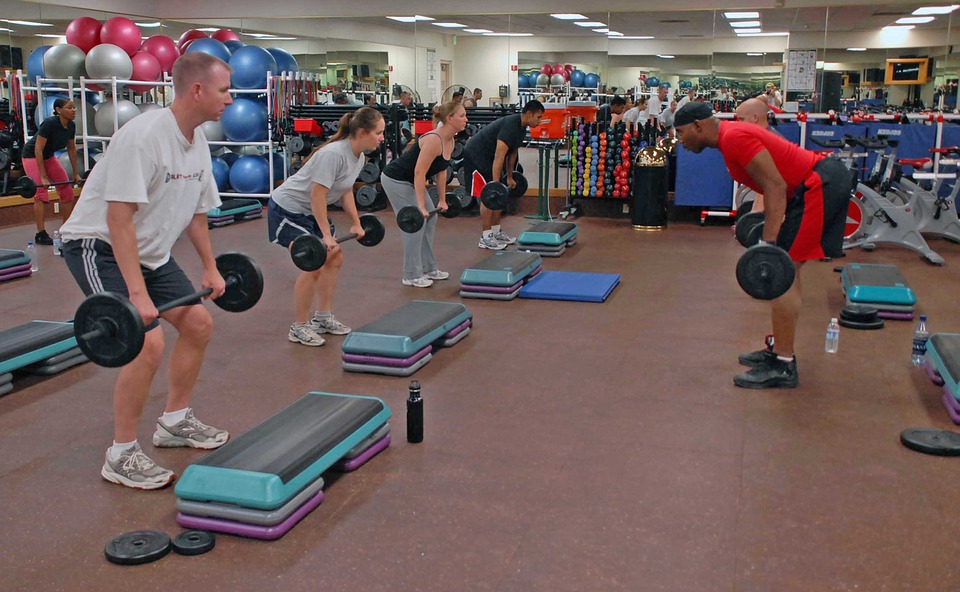A new study conducted at Leicester’s Hospitals by University of Leicester researchers, led by Dr Emma Watson, Dr Tom Wilkinson, and Professor Alice Smith, has shown that non-dialysis chronic kidney disease (CKD) patients who conducted both aerobic exercise and combined exercise for 12 weeks, three times a week experienced significant increases in strength, leg muscle size and cardiorespiratory fitness.
While positive changes were seen in patients just doing aerobic exercise – such as treadmill walking, cycling and rowing – the addition of resistance exercise, such as weightlifting, led to greater increases in muscle mass (nine percent compared to five percent) and strength (49 percent compared to 17 percent) than aerobic exercise alone.
“There is limited research on the effects of exercise in CKD patients, and a lack of knowledge on what exercise is most beneficial in this group” says Dr Tom Wilkinson from the University of Leicester’s Department of Infection, Immunity and Inflammation. “Our study shows that both aerobic exercises and strength exercises are important in CKD patients in keeping muscles strong and healthy and can be combined successfully and safely.”
“For time and logistical reasons, combining both modes of exercise – aerobic and strength – in the same session would be optimal,” added Dr Emma Watson.
Patients, who were recruited from outpatient clinics at Leicester’s Hospitals, had a six week run in control period before starting the exercise programme. The researchers observed any ‘natural’ changes in strength, fitness, and muscle. No changes were seen, which meant that any changes seen after the intervention were a result of the exercise.
Patients then underwent 12 weeks of supervised aerobic based exercise (treadmill, rowing or cycling exercise) for 30 minutes, or combined training (aerobic exercise plus leg extension and leg press exercise) performed three times week. The researchers then analysed the potential health benefits.
The sessions took place at the exercise gym in the Leicester Diabetes Centre.
One female patient, aged 80, said: “I went for my first session and I was absolutely over the moon. I loved it because it was just exercise and I thought fancy me at my age and I can do all this. I thought when I tell my grandchildren they will be absolutely delighted. I used to really like the exercise and the staff there were so supportive and explained everything to me. I was just a very happy lady.”
“I have certainly noticed that my general level of fitness changed after the extra CKD and I discovered muscles that I hadn’t had for a little while,” added a male patient, 62 years old, who took part in the study.
The study was conducted by the Leicester Kidney Lifestyle Team and supported by the National Institute for Health Research (NIHR) Leicester Biomedical Research Centre (BRC). The Leicester BRC is a partnership between Leicester’s Hospitals, the University of Leicester and Loughborough University.
The paper, titled ‘12-weeks combined resistance and aerobic training confers greater benefits than aerobic alone in non-dialysis CKD’, is published here: http://www.physiology.org/doi/abs/10.1152/ajprenal.00012.2018
